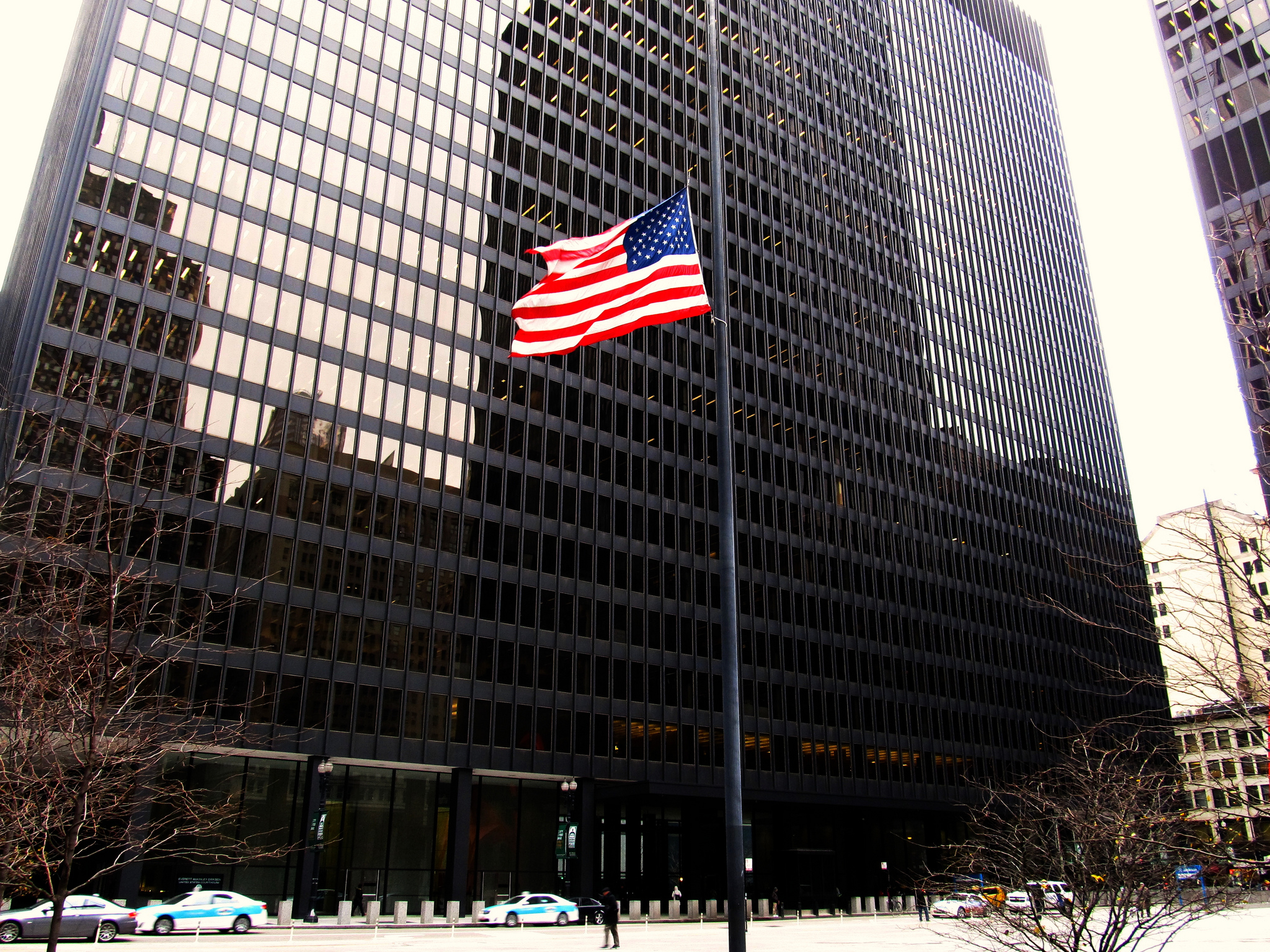In the fortnight since the Supreme Court announced its decision in Jones v. Harris on March 30, 2010, the parties and the media have loudly declared victory for both sides in the dispute. In this lawsuit alleging that an investment advisor charged excessive fees for managing investors’ mutual funds, the advisory industry has claimed victory because the Supreme Court generally endorsed a legal test – the Gartenberg standard – that led to almost total success for defendants over the past twenty-five years. Investors, on the other hand, have pointed out that the Court tweaked the Gartenberg standard to give it a far more plaintiff-friendly twist. So, how do we tell who actually won?
A traditional approach would be to wait for the case to be remanded, most likely all the way back to the Northern District of Illinois, and then await a subsequent verdict. Deploying the Supreme Court’s new formula, the lower court will eventually compute a new (or old) winner. Of course, we can reasonably predict that whichever side loses at trial might argue that a single verdict does not encompass the entirety of a new doctrine – other trials could yield other verdicts. In this area, as it happens, the Supreme Court also just granted, vacated, and remanded a case with very similar facts to Jones – Gallus v. Ameriprise – which emerged from the Eighth Circuit. So we have at least a very modest experimental population of two cases to watch on remand. (And while the Seventh Circuit has been somewhat unsympathetic to plaintiffs in these and related ERISA cases involving mutual funds, the Eighth Circuit has been notably hospitable to them.)
But, again, monitoring subsequent litigation is time-consuming and of little reliability until a decent population of verdicts accumulates over several years. So how else might we evaluate the impact of the recent Supreme Court ruling in the meantime? Here are a few suggestions:
1. Measure any variation in the number of lawsuits filed.
To the extent that plaintiffs – and their attorneys – feel emboldened by the Court’s ruling, we should expect to see an uptick in filings of lawsuits alleging excessive fees in mutual funds. Of course, attorneys might attempt to manipulate this datum solely in an effort to create the appearance of an investor-friendly interpretation of Jones v. Harris and thereby to increase pressure upon the advisory industry.
2. Measure any variation in the number of lawsuits settled.
A more reliable measure of relative success would involve actual settlements negotiated between plaintiffs and defendants since the new ruling. These data, unfortunately, are very hard to find because of standard confidentiality agreements.
3. Conduct an event study.
Perhaps a more illuminating measurement might come from monitoring the spread between retail and institutional fees in mutual funds. The Supreme Court’s new modification of the Gartenberg standard highlighted the discrepancy between fees that advisors charge their retail investors (to whom they owe a fiduciary duty) and their institutional clients (to whom they may not) – heretofore, the industry on average has charged retail investors fees twice as high as those they charge institutions. If the Court’s ruling was a victory for the industry, we should expect to see the spread stay constant or to increase; if, on the other hand, the ruling was a victory for plaintiffs, we should expect to see the spread in fees narrow.
One might conduct an event study focusing on important moments in the course of this litigation to see whether and when any variation in those fees occurred, including the dates of the Easterbrook opinion for the Seventh Circuit, the Posner dissent from the denial of rehearing en banc, the grant of certiorari, the briefing deadlines at the Supreme Court, the oral argument, and the eventual decision. Advisors might reasonably have assessed their prospects of victory on any or all of those dates and reacted by adjusting their fees accordingly, though the process of changing compensation might well lag somewhat.
To the extent advisors are uncomfortable with monitors evaluating the spread in their fees, they might very well attempt to confound comparisons by making their retail and institutional investments less comparable. Of course, that behavior would in itself be a very reliable indication of whether the Supreme Court gave them a victory or a loss.




Leave a Reply